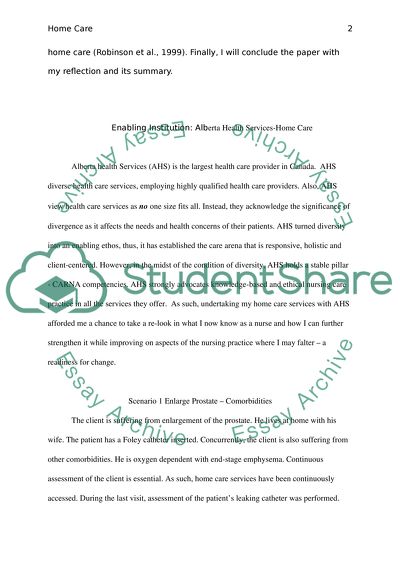Cite this document
(“Scholarly Paper Research Example | Topics and Well Written Essays - 2250 words”, n.d.)
Retrieved from https://studentshare.org/nursing/1697378-scholarly-paper
Retrieved from https://studentshare.org/nursing/1697378-scholarly-paper
(Scholarly Paper Research Example | Topics and Well Written Essays - 2250 Words)
https://studentshare.org/nursing/1697378-scholarly-paper.
https://studentshare.org/nursing/1697378-scholarly-paper.
“Scholarly Paper Research Example | Topics and Well Written Essays - 2250 Words”, n.d. https://studentshare.org/nursing/1697378-scholarly-paper.


